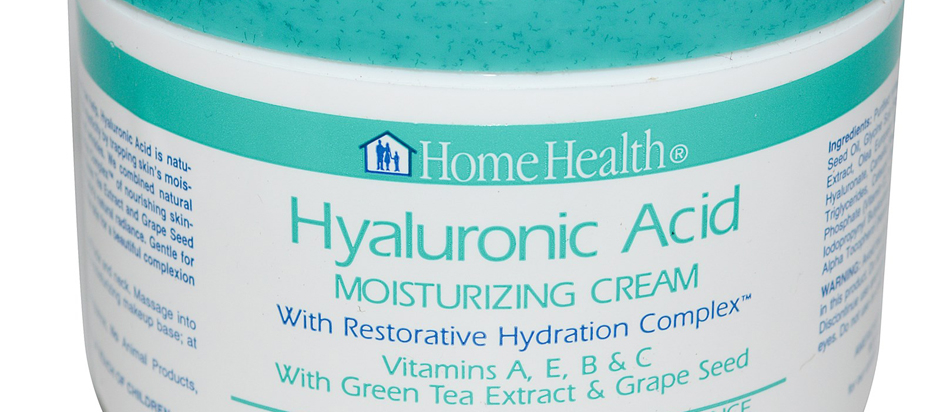A quick search of Amazon for hyaluronic acid turns up thousands of products, from liquid serums to pills to creams that make a variety of claims. Balms and serums seem to focus on hyaluronic acid’s ability to ease skin redness and reduce wrinkles while oral supplements focus on the benefits of hyaluronic acid on the joints. Some products, like this powder, make claims about hyaluronic acid’s benefits to both the skin and joints.
How can one substance have so many effects? And is there any truth to the ‘organic liquid facelift’ or ‘joint solution’ declarations?
Within the body, hyaluronic acid plays an important, albeit diverse, role. It is a major component of epithelial tissue, and seems to play a role in cell division and movement. It is also a chief component of synovial fluid- the fluid found inside a synovial joint (like a human’s hips or wrists)- and acts as a lubricating agent. Hyaluronic acid is also found in joint cartilage, where it coats all the cells, and it even plays a role in the body’s innate immune system (high hyaluronic acid levels can be used as a marker for prostate and breast cancers). The average person has ~15 g of hyaluronic acid in their body, and about 1/3 of it is degraded each day.
In short, hyaluronic acid does a lot of things, from skin repair to joint lubrication, so it makes sense that promoters hype it as a possible treatment for a wide variety of health problems ranging from osteoarthritis to sun burns. But what does the science say about its efficacy?
Studies have shown intra-articular injections (injections into the joint) of hyaluronic acid to be just as effective, and sometimes more effective, at managing pain than NSAIDS or placebos, often with fewer side effects, for patients with osteoarthritis. Likewise, studies looking at artificial tears containing hyaluronic acid, used to treat chronic dry eyes, have found it to be a safe and effective option. Same story with dry skin. The thing that begs investigation however, is the oral administration of hyaluronic acid.
There have been a few studies on oral treatments of hyaluronic acid, and they all seem to have quite positive results. This study found that daily supplementation with oral hyaluronic acid enhanced several markers of quality of life in adults with osteoarthritis of the knee, and this study concluded that oral intake of high purity hyaluronic acid is effective in the treatment of American patients of knee osteoarthritis. Some studies, like this one partnered oral hyaluronic acid supplements with exercise and also had positive results.
These results seem promising, and I’d be right on board the hype train with everyone else, if I hadn’t spent some time reading the methods sections of these studies. Each study used a daily amount of hyaluronic acid ranging from 60-200 mg. Most supplements recommend hyaluronic in the 100-200 mg range, but Novisyn, perhaps one of the best known supplements, contains only 17 mg of hyaluronic acid in its once a day packets.
There is good reason to believe that orally administered hyaluronic acid is absorbed in the digestive tract and that it does migrate to the relevant connective tissues. There is also evidence that it can have a biological effect without even being absorbed. These functions however, depend on there being enough hyaluronic acid molecules present to interact with the relevant receptors, and in a 17 mg dose, this likely just isn’t the case.
So by all means, ask your doctor about hyaluronic acid for your osteoarthritis or chronic dry eyes, but make sure to read the package before you buy the pills. As Dr Joe always says, it’s all about the dose!







